
History of Isabela
Isabela is the second largest Philippines. It is situated in the Cagayan Valley Region (Region 2) in Northern Luzon. Its capital is Ilagan. Isabela is bored by provinces Aurora, Quirino, Nueva Vizcaya, Ifugao, Mountain Province, Kalinga, and Cagayan.
It is believed that the history of Isabela dates back to over 25,999 years ago. The province is said to be inhabited by the Stone Age race of dark-skinned, kinky-haired pigmies (ancestors of the nomadic Aetas or Negritos). They can still be found roaming around the mountains and forest of eastern Isabela today.
The Indonesians arrived at about 5,000 years ago, which was soon enough followed by three waves of Malays between 200 BC and 1500 AD. The pagan ancestors of the Ibanags, Gaddangs, Yogads, Kalingas and other original tribes built a civilization with corn agriculture as primary way of life.
The Indonesians arrived at about 5,000 years ago, which was soon enough followed by three waves of Malays between 200 BC and 1500 AD. The pagan ancestors of the Ibanags, Gaddangs, Yogads, Kalingas and other original tribes built a civilization with corn agriculture as primary way of life.
Things why should love go in Isabela
Know the hidden paradise of isabela



The virgin white sand beaches of Dicotcotan and Didadungan, probably Isabela’s best-kept secrets. The coastlines of both beaches are very much exposed to swell and strong waves from the Pacific Ocean, perfect not only for swimming, but also for surfing.
Dicotcotan Beach Resort boasts of a three-kilometer long beach with coral reefs, sea grass beds and sandy shoreline that is fringed with a coastal forest and a village. According to Reynante, there have been regular sightings here of pointed nosed dolphins and hump back whales, aside from the various species of fish and shellfish, and marine turtles that can be seen from the surface. If you are planning to stay here for a few days, there are available cottages for rent.
The HONEYMOON ISLAND
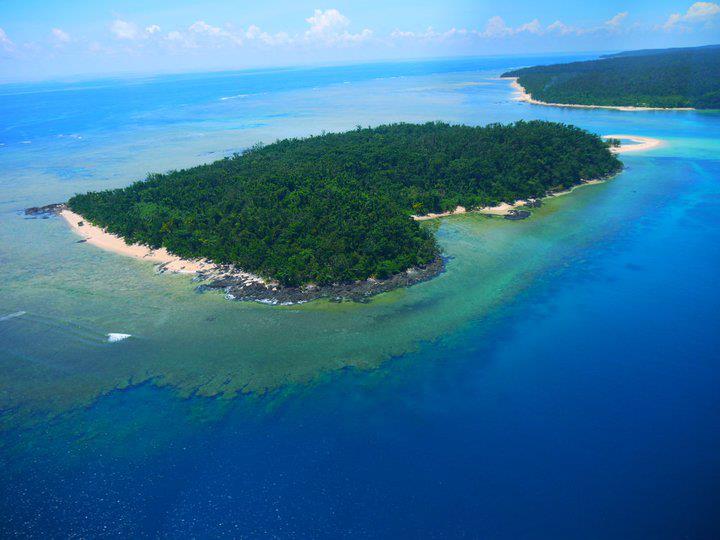
Palanan-Kanaipang Beach- Unveil the hidden paradise
The hidden falls of Isabela Province
The Dibulo Falls in Dinapigue.

Dibulo falls is one of the most notable throughout the Sierra Madre mountain range. It is one of the attractions of Sierra Madre Nature Park.
THE MACONACON FALSS IN ISABELA
Serving as a gateway to the coasts of Isabela,Maconacon offers bountiful splendors to those who venture into its vast landscape. Most notable landmarks include the hanging bridge in the town and the Maconacon falls.
THE NATURAL CAVE OF ISABELA PROVINCE
Sta. Victoria Cave In ILAGAN ISABELA
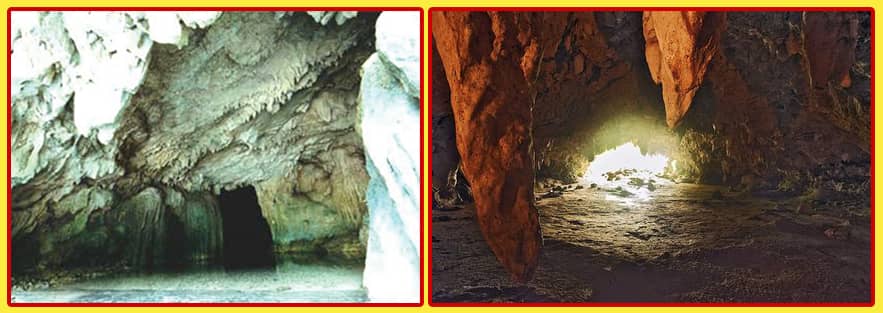
The local indigenous people known as the Agtas or Dumagats, a nomadic people, are believed to have used the Sta. Victoria Caves as shelter at one time. In modern times, the area came to be frequented by small game hunters as well as by spelunkers. In addition, kaingin grew rampant in the area surrounding the caves.
In recent times, the Sta. Victoria Caves and the area surrounding it have been undergoing improvement under the supervision of the local government of Isabela. This zone within the Fuyot Springs National Park, which includes forests and rivers as well as the caves, is now called the Isabela Sanctuary.
Brand new facilities have been constructed in the Isabela Sanctuary for the comfort and pleasure of tourists. Aside from simply exploring the Sta. Victoria Caves, there are opportunities for other activities in the Isabela Sanctuary. For one, it now features a sanctuary for endangered species and a botanical garden in addition to the caves. Tourists may also go white-water rafting, cycling, and horse-back riding here as well as trekking, spelunking, and mountain climbing throughout the area. Visitors can also go swimming in the basin of the Pinzal Falls within the sanctuary. There is also an Environmental School in the sanctuary where visitors may listen to lectures, get seedlings to plant, and receive certificates.
Most of these improvements were completed early in 2009.Under the initiative of Ilagan mayor Jose Marie L. Diaz, 28 non-government organizations that are based in the area signed a memorandum of agreement in 2009 in which they pledged to take responsibility for the maintenance, protection, preservation, and nurture of the environment covered by the Isabela Sanctuary. National and government agencies have also been rallied to aid in the conservation of the site.
The Mystery of the Blue Lagoon of Palanan
Another mysterious place located in the lost paradise of Palanan. Dubbed as the Blue Lagoon, the mystical site has a crystal-clear water basin surrounded by forest trees. The lagoon is also rich in vegetation that carps like very much. It is a mystery where the fishes came from because the lagoon is located in a forest where kaingin farming dominates. Locals from the area believed that the lagoon is connected to a larger body of water because sea creatures are often seen in the area. Conservationists and scientists consider the place as a hub for their studies because the place is one of its kind and perfect for scientific studies. The locals of Palanan, on the other hand, concede the place as a hidden gem where tourist are lure to the wonders of the mysterious lagoon and also called THE RIVER OF NO RETURN.
ISABELA THY WILL BE DONE
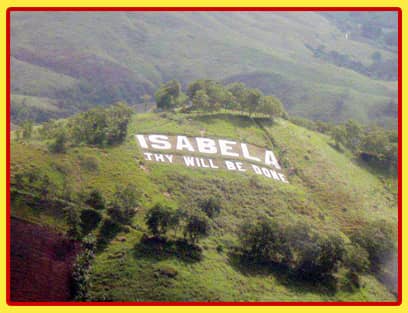
A testament of Isabela's Christian history, the renowned “Isabela Thy Will Be Done” marker is the first to welcome those who are on their way to the province. Located just at the boundary between Nueva Vizcaya and Isabela, the iconic landmark is a bannering welcome of Isabela’s hospitality – imbuing the firm faith of the province in bidding the safety of travellers.
LANDMARK OF HEROES
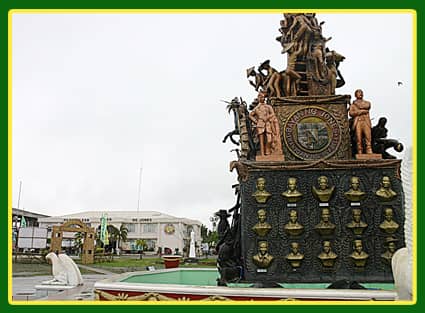
The Landmark of Heroes in Jones, Isabela is dedicated to forefathers who waged blood and sweat to ensure liberty.
MAGAT DAM
Nested in The first multi-purpose dam in Southeast Asia, Magat Dam is located in the largest tributary of Cagayan River, the Magat River, just at the boundary of Ifugao and Isabela.
A nearby destination after a visit to the dam site is Camp Vizcarra, where visitors of the dam flock to enjoy the peaceful atmosphere.
GIANT BUTAKA
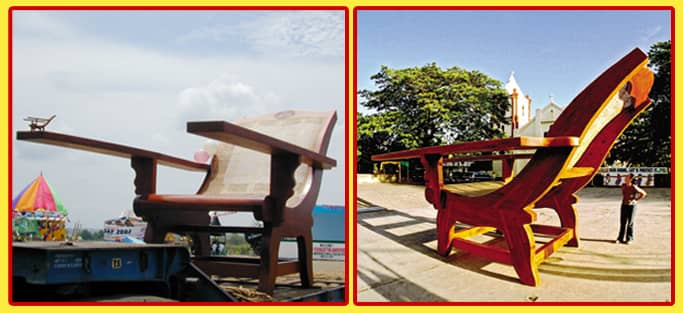
Dubbed as the furniture capital of the province, Ilagan houses the world’s largest Butaka, towering at 11 feet, 4 inches high; 20 feet 8 inches long; and 9 feet 7 inches wide, weighing at a massive 2,368 kilos. With its wide arms, it was depicted by, then town Mayor, Mayor Jojo Albano, as the testament to the genuine hospitality of Ilagueños.
MORORAN RIVER
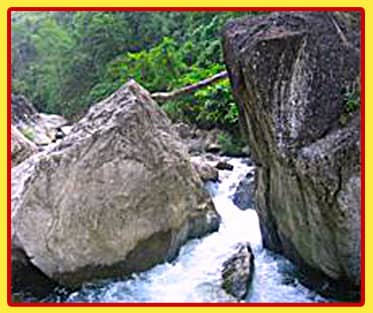
Huddled within massive boulders, the panoramic crystal-clear Mororan river takes pride with its numerous miniature waterfalls cascading like veils. The river is popular to those who prefer long winding and rushing water over the constraints of a swimming pool.
THE AGUINALDO SHRINE


DICATIAN LAKE CROCODILE SANCTUARY
In July 2009, 50 captive-bred Philippine crocodiles (Crocodylus mindorensis) were released in Dicatian Lake in Divilacan. The endemic Philippine crocodile is critically endangered and is the most severely threatened crocodile in the world, with about 100 individuals surviving in the wild. They are not easy to see and at least an overnight stay at the lake is required for a chance to spot them. We didn't see any. We paddled back to the road on a narrow wooden boat, a crossing that was not for the faint-hearted.
THE HISTORICAL CHURCH IN ISABELA PROVINCE
OUR LADY OF ATOCHA CHURCH
The Our Lady of Atocha Church in Alicia is known for having an old Spanish church (Castilian) architecture. It is considered one of the best churches to visit for a pilgrimage in Isabela during the Holy Week. The church was declared by the Philippine Department of Tourism as one of the national religious tourist attractions in the country.
he Our Lady of Atocha Church in Alicia is known for having an old Spanish church (Castilian) architecture. It is considered one of the best churches to visit for a pilgrimage in Isabela during the Holy Week. The church was declared by the Philippine Department of Tourism as one of the national religious tourist attractions in the country
The structure of the church was originally built by the Spaniards in the 18th century. Passing by Angadanan town on 12 February 1805, Fr. Manuel Mora, OP wrote that “Angadanan has a convent of bricks, though not totally finished. Its church is timber, wood, and bamboo. The number of inhabitants is 791.” The church and convent as seen today in the town of Alicia, beautiful and antique, was built by Fr. Tomas Calderon, OP and inaugurated in 1849, with Fr. Francisco Gainza, OP, then vicar of Carig (now Santiago City). The church was dedicated to the Nuestra Señora de Atocha, more popularly known today as Our Lady of Atocha. The church is known for its antique Castilian architectural design and can be found along the Maharlika Highway and is accessible by land transport.
The Our Lady of Atocha Church in Alicia is known for having an old Spanish church (Castilian) architecture. It is considered one of the best churches to visit for a pilgrimage in Isabela during the Holy Week. The church was declared by the Philippine Department of Tourism as one of the national religious tourist attractions in the country.
SAINT MATHIAS CHURCH
The church walls are made entirely of brick. The façade is a magnificent display of the use ornamented brick laid out in characteristic design. Customized bricks were numbered, and placed customized to fit the walls. The interior of the church, similar to the façade is veneered with ornamented bricks. The upper half of the interior wall is laid with ornately designed brick blocks.
The bell tower of the church is cylindrical. The complex is fenced with brick walls, which is also ornamented like the rest of the church. The convent, located at the Gospel side of the church is now in ruins.
SHRINE OF OUR LADY OF LA SALETTE
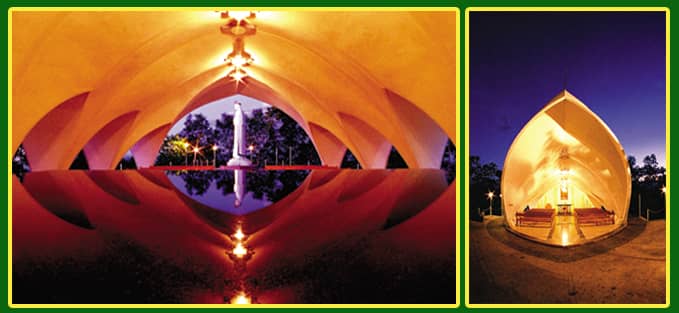
Dedicated to Our Lady of La Sallette, the chapel in Balintocatoc occupies the highest point in Santiago City. It is a major destination during Holy Week when people flock to the 14 Stations of the Cross that line to road to the chapel.
SAN PABLO CHURCH
Built in 1624, it is said to be the oldest in the province. Its lofty bell tower of six layers including the circular apex made of adobe is the tallest in the Cagayan Valley. San Pablo, the oldest town of Isabela, was founded by Padre de Sto. Tomas, 210 years before Isabela was made a province.
THE NATURAL PARK OF ISABELA PROVINCE
PALANAN RAINFOREST
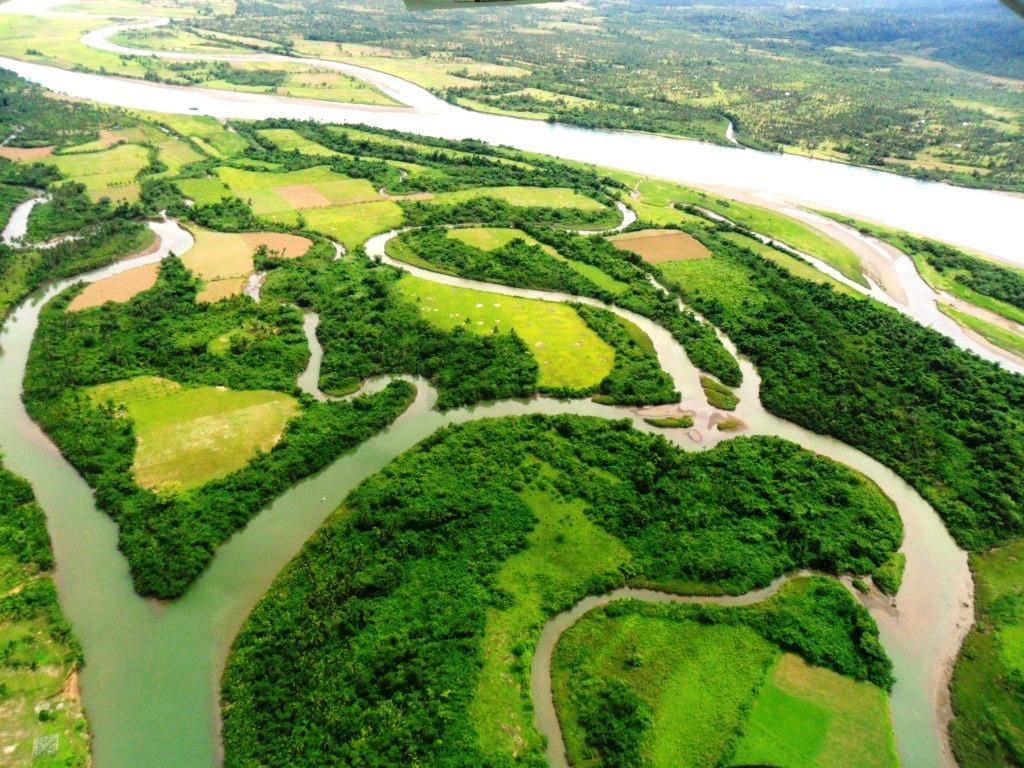
Northern Sierra Madre Natural Park (Palanan Rainforest) – The largest protected area in the country with more than 300,000 hectares of rainforest, and the lowest at 800 feet above sea level. Declared number one in biodiversity and also one of the top 10 biodiversity “hotspots” in the world. Research showed the existence of unknown and unnamed species of flora and fauna. A confirmed habitat of the Philippine Eagle and the Cloud Rat. Its coastal areas host whales and dolphins and other cetaceans. Ideal for scuba diving and other water sports, and a mountaineering/trekking challenge.
Accessible by light aircraft from Cauayan Airport (Cyclone Airways), pumpboat from Sta. Ana in Cagayan and Baler in Aurora Province, and trekking from San Mariano, Cauayan and Ilagan in Isabela. Also accessible by air transport from Tuguegarao City DomesticAirport through CHEMTRAD.
Bonsai Forest (Sumanget, Dinapigue)
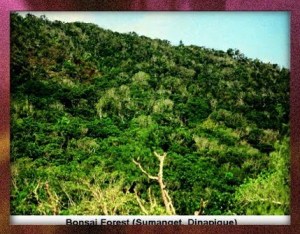
The 20,000 hectare area is accessible by land transport from Baler in Aurora Province and by air from Cauayan Airport.
TASTE THE LOCAL DELICACIES OF ISABELA
Cara-beef Tapa(Isabela (homemade)

It tastes like beef, too, and I was not able to tell the difference. It’s just that, all the while I thought it is illegal to kill carabao for food.
Pawa
A sticky rice delicacy made with peanut-and-sugar filling, it tastes different but good.
RICE CAKES PAIT
Special occasions like Christmas and Holy week during my childhood, this delicacy is always present. This food which can only be found in the town of Echague Isabela called“inandila” or “dendelot”. It is made from glutinous rice wrapped in banana leaves served with a caramel like sauce on the side.
PANCIT CABAGAN

Pansit Cabagan is originally from Isabella. It uses a pansit miki which is thinner than the batil-patong. The main ingredients are lechon carahay, itlog ng pugo, mixed vegetables. It goes with a dark broth soup of the cabagan with egg.
THE LOCAL ARTWORKS AND HANDICRAFT PRODUCTS OF ISABELA

Colorful woven handicrafts are abundant in the province of Isabela.

Corn is the major product of the Province of Isabela
FESTIVAL OF ISABELA

The “Bambanti Festival,” known as the mother of all festivals in the province, has reached a feverish pitch with all the giant “bambanti” (scarecrow) entries amazing tourists from all over the country and abroad.
The scarecrows are the main feature of each of the booths set up in the “Bambanti Village,” here, participated in by 34 towns and cities that showcase also each of their agricultural products.
A weeklong festival that ends today, there will be street dancing and the awarding of the best bambanti entry.
The festival is both a celebration of a bountiful yield in this “Rice Granary of the North” and a tribute to the bambanti, which is heralded as the guardian of the fields.
“The bambanti is our partner for a good harvest of rice and corn, which is the prime agricultural product of Isabela,” a farmer from Cabatuan town said.
A foreign tourist said he was amazed at the diversity of the province’s finest products and the traditions and local attractions that Isabela offers.
During the weeklong celebration, tourists were treated to an agro-ecotourism exhibit, street dancing, beauty contest, and several other highlights of the celebration.
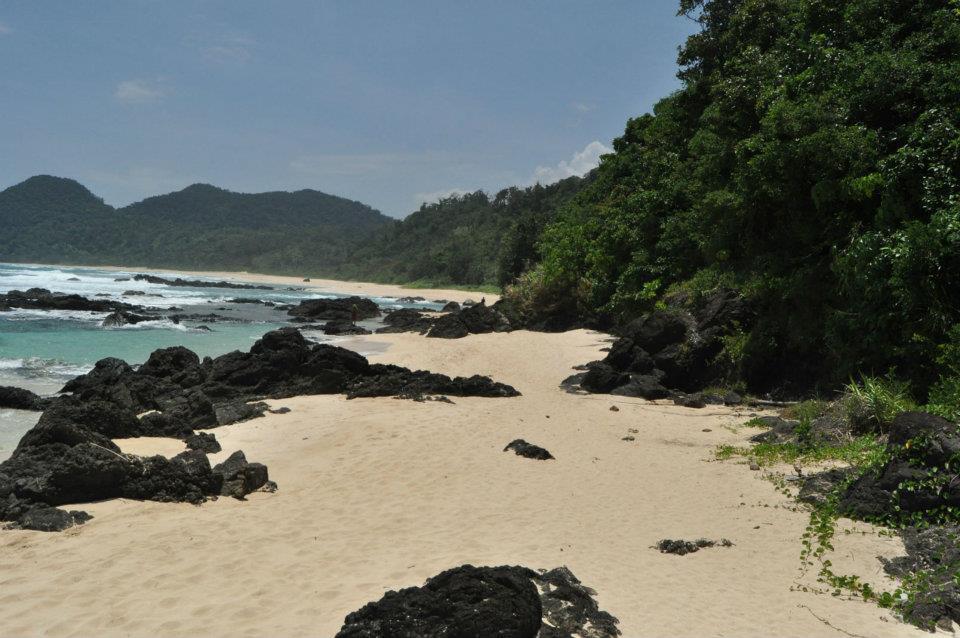
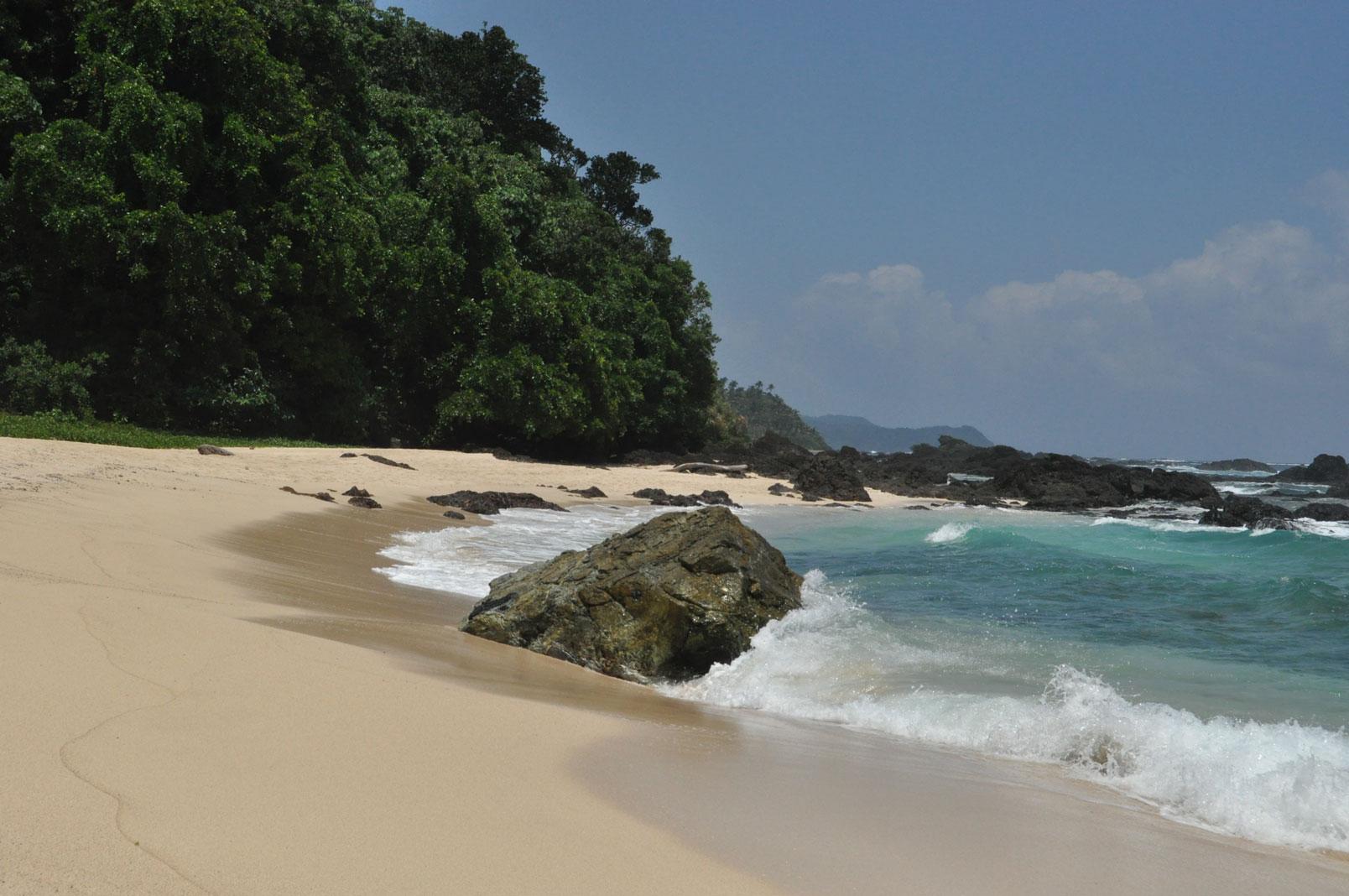
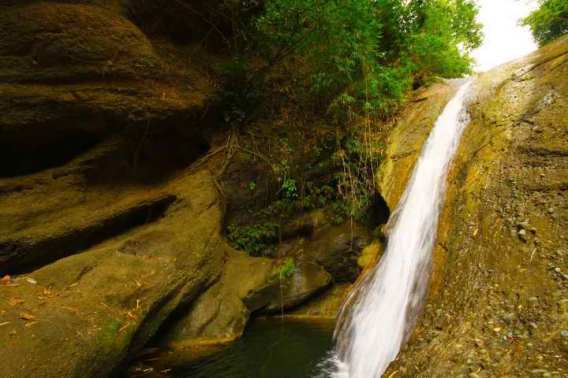
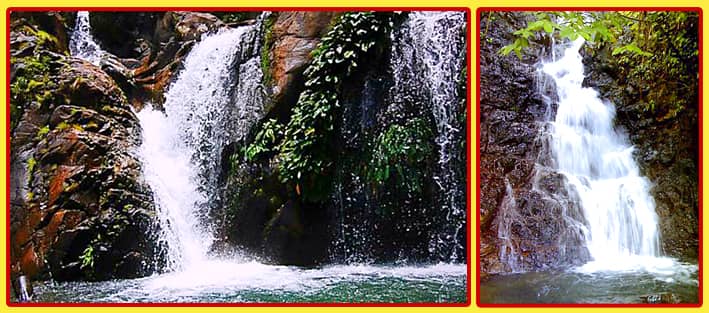


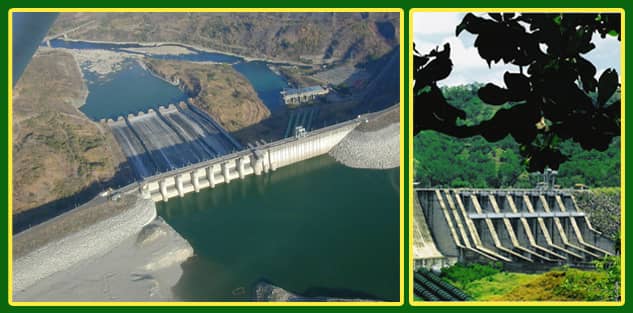


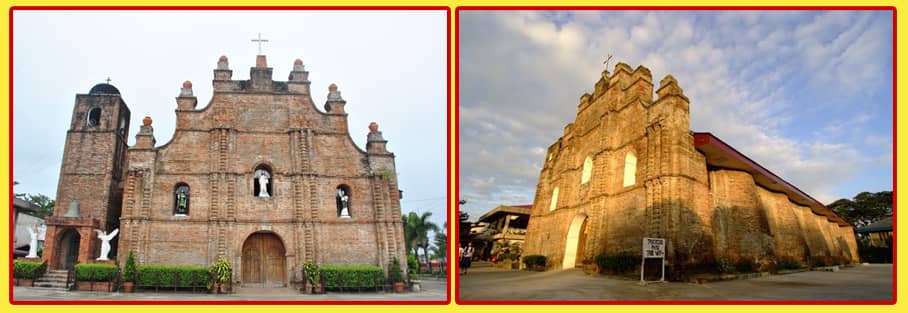






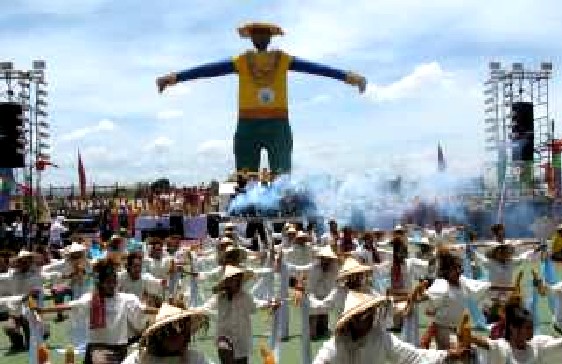
No comments:
Post a Comment